While ethnographers and the data they produce already play a role in affecting industry practices, there is potential to integrate anthropological ways of seeing and knowing into a shared transdisciplinary...
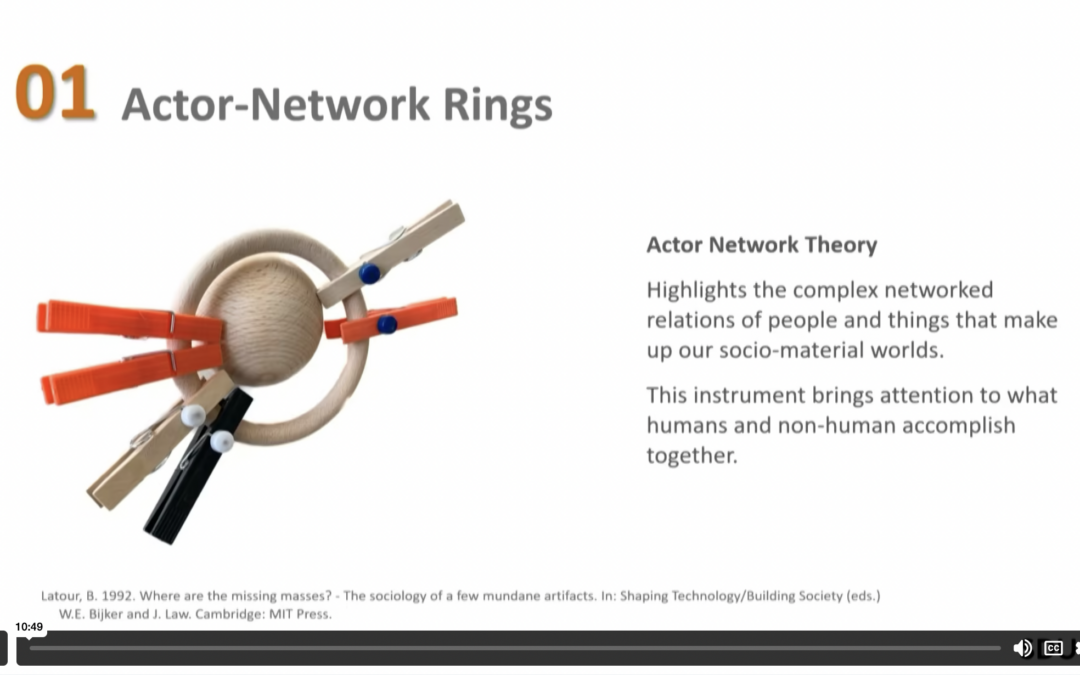

While ethnographers and the data they produce already play a role in affecting industry practices, there is potential to integrate anthropological ways of seeing and knowing into a shared transdisciplinary...

This case study offers strategies for navigating internal frictions within research teams faced with sensitive...
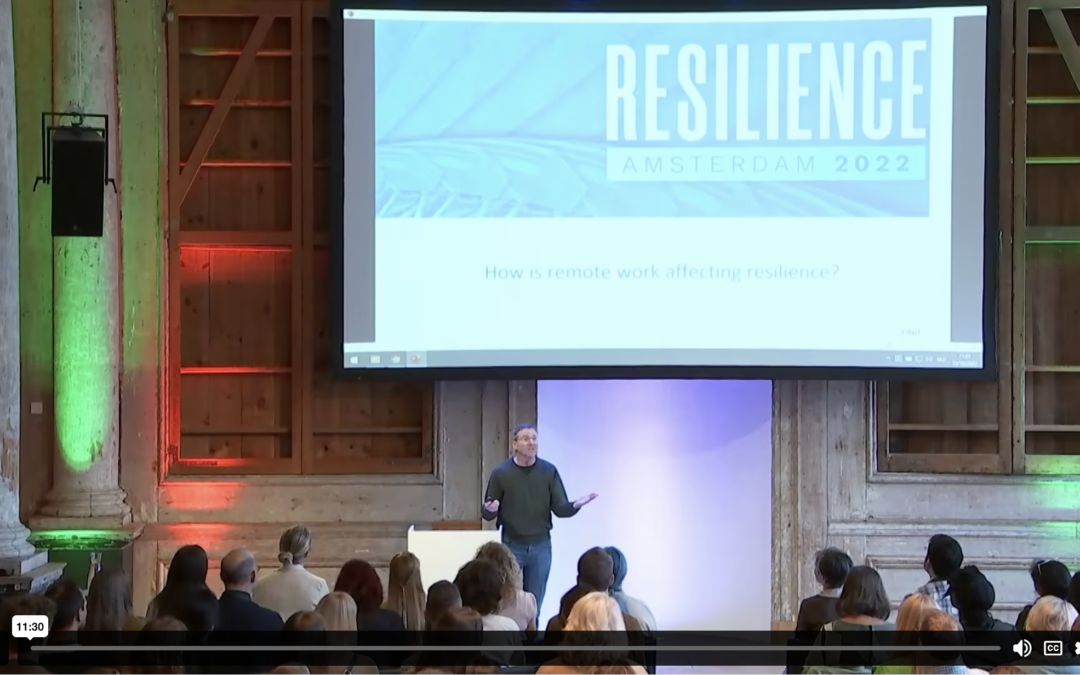
COVID-19 has precipitated a massive social experiment – the sudden shift of millions of knowledge workers from...
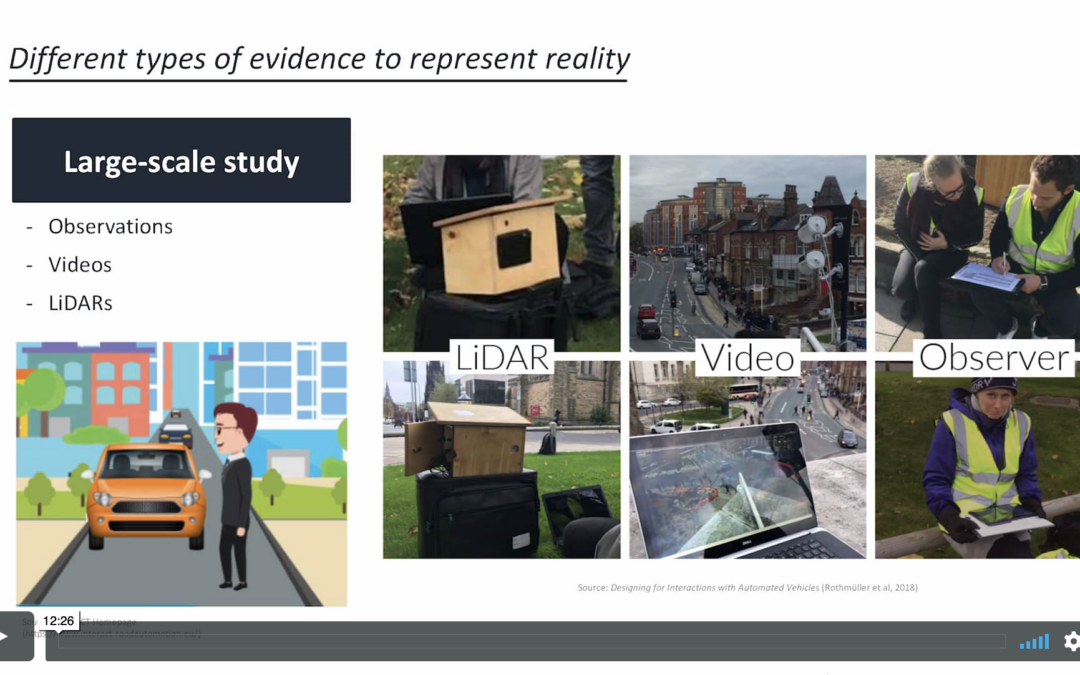
Case Study—This case study presents ethnographic work in the midst of two fields of technological innovation: automated vehicles (AV) and virtual reality (VR). It showcases the work of three MSc. Techno-Anthropology students and their collaboration with the EU H2020 project ‘interACT’, sharing the...
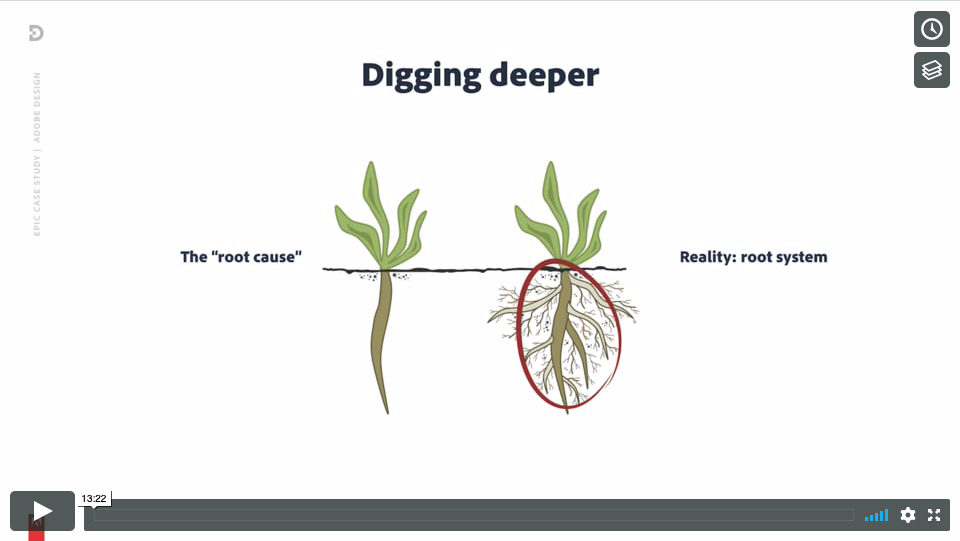
Case Study—The authors used anthropology and other design research methods to develop a new kind of study to capture the world of professional creatives and the people they work with. To uncover core collaboration challenges for professional creatives the authors asked them to walk through past...

This paper integrates arts-based methodologies into research and design, bringing new ways of knowing to the...

AI product development is overwhelmingly framed as a problem of technical scale and muscle, and researchers are...
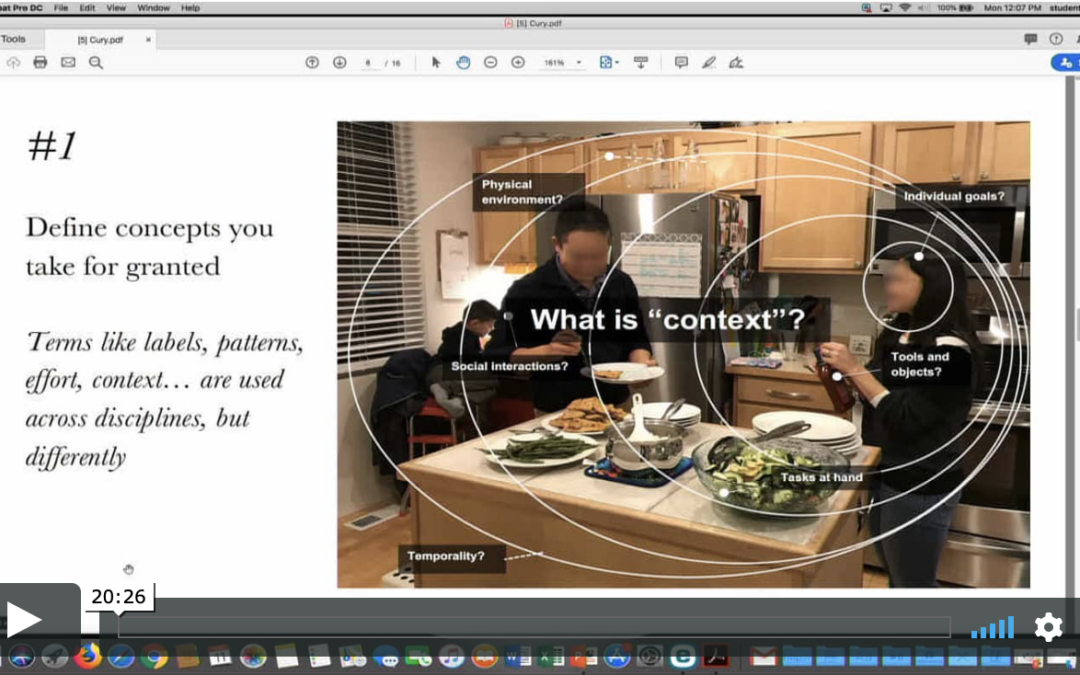
The not-too-distant future may bring more ubiquitous personal computing technologies seamlessly integrated into people's lives, with the potential to augment reality and support human cognition. For such technology to be truly assistive to people, it must be context-aware. Human experience of...
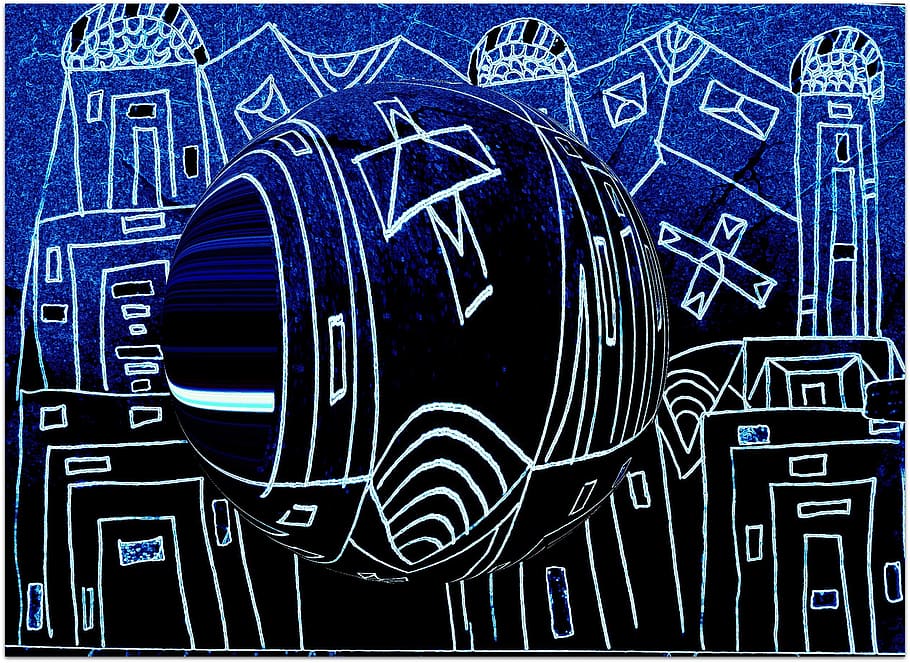
At the beginning of the pandemic, I was pretty sure I was done. I had been a qualitative researcher and brand consultant for 25 years. I had spent the past decade building my practice around an approach that centered contextual and imaginative face-to-face research. I called it brand listening,...
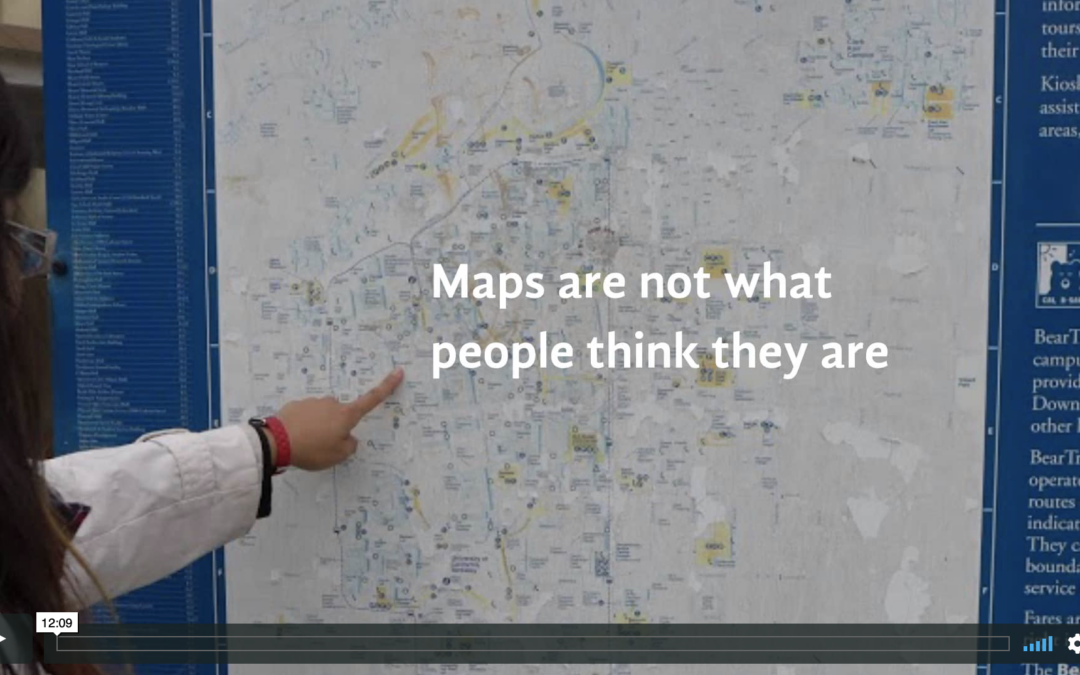
Participatory mapping—the production of maps in a collective way—is a common activity used for planning and decision making in urban studies. It started as a way to empower men and women, usually from rural vulnerable communities threatened by climate change, degradation of their landfills or any...